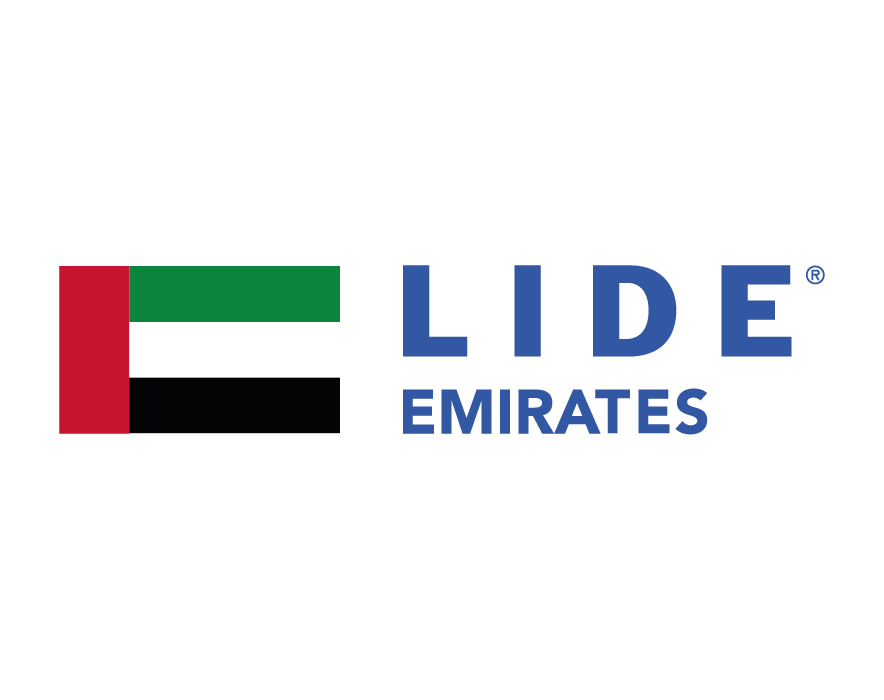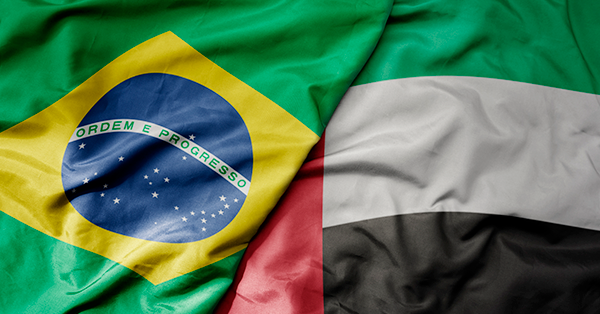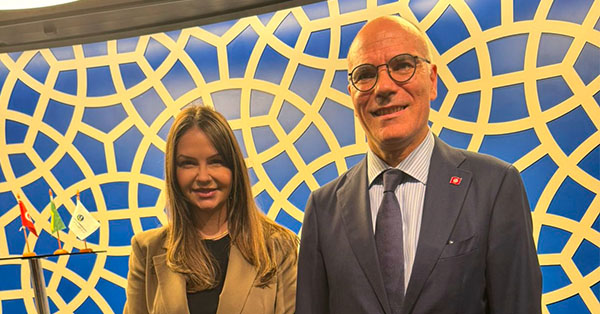The BRICS expansion makes the block the biggest producer of key commodities, and soon the main consumer too
The BRICS group recently expanded to encompass the largest economies in the Middle East and North Africa, along with Argentina, Iran and Ethiopia. While a Western-biased view may prompt some to brush it aside, the expansion adds some of the fastest-growing, biggest economies in the world. It also commands huge economic potential and leaves the group in control of the supply of many of the world’s most important raw materials.
The United Arab Emirates and Saudi Arabia together produce enough oil to supply more than 15% of global demand. The entire BRICS group now controls some two thirds of global oil production, in fact. Brazil and Argentina, together, account for nearly half the world’s soy output. Soy is the main source of animal feed, so, these countries can influence food costs way beyond vegan lattes. Russia is world’s largest exporter of wheat, too.
China is the biggest consumer of all the products above, and their derivates. Two of the new entrants are also huge buyers of these products: Egypt and Ethiopia, two fast-growing, independent-minded African nations which have thousands of years of civilization and recorded history – somewhat like China and India.
Thanks to countries like these, the BRICS group now aggregates nearly half the world population. More importantly, with the exception of China, all of the countries in the BRICS are still seeing healthy demographic growth. This means that, in 20 years, the BRICS could well be more important than the G7. (Check these cool charts out: Visualizing the BRICS Expansion in 4 Charts (visualcapitalist.com))
Basic economics suggests that demographic growth is a key driver of future economic growth. The dwindling birth rate in Japan and much of Europe is often blamed for the lackluster growth these places have seen in the past two decades.
In fact, it stands to reason that if the expanded BRICS group today represents less than a third of world economic growth, it will soon account for a lot more. That share, however, is measured in US dollars. Using purchasing power parity, which economists generally consider a better measure, shows the BRICS are now, already, bigger than the OECD (if the BRICS nations are excluded from that group).
The smaller BRICS had already surpassed the G7 group of developed nations in purchasing power parity terms two years ago. (Check out this cool chart showing that evolution: Animated Chart: G7 vs. BRICS Countries by GDP (PPP) (visualcapitalist.com))
The addition of these countries, especially those in the Middle East and Africa, are also further evidence of a shift in what McKinsey & Co. has called the world’s economic center of gravity. The consulting firm had already identified nearly 10 years ago that, around now, an average weighting of the world’s GDP would land you somewhere around the Middle East or Central Europe. More recently, it noted that soon Asia will account for more than half of the world’s economy (it already accounts for some two thirds of the global population).
The rebalancing west of that center of gravity, however, is more likely to be driven by Africa than by the US and Europe. The reason, again, is simple: demographics. While the US population continues to grow, but at a slower rate than the world average, and immigrants have played an important role in maintaining that expansion. Europe is shrinking.
Meanwhile, the population in Egypt, to stay with the BRICS, is growing at a rate four times faster than the US. Ethiopia’s population is currently expanding more than six times faster than the US. The Arab World population as a whole is growing almost five times faster than the US.
Perhaps more interesting, this fast population growth is being accompanied by higher living standards, with nearly all of the BRICS countries having enjoyed fast-increasing GDP per capita over the past decade. That means that not only are there more consumers every day in the block, they are also getting richer every year.
That means that global consumption is also shifting east and south. This has very important long-term implications, some which are already starting to come into the limelight. The choice of headquarters for the UN when it was created reflected the economic heft of the US when the world emerged from World War II. Now, almost 100 years after its creation, the leaders of China, India and Russia were absent from the group’s general assembly this year. Perhaps in a tacit recognition of its dwindling importance, the leaders of France and the UK also skipped it.
Meanwhile, Xi Jinping and Narendra Modi did go to the BRICS meeting in South Africa, which Vladimir Putin did not attend only because it might have posed a political conundrum for Cyril Ramaphoosa.
There is change apace in the world.

 By
By


